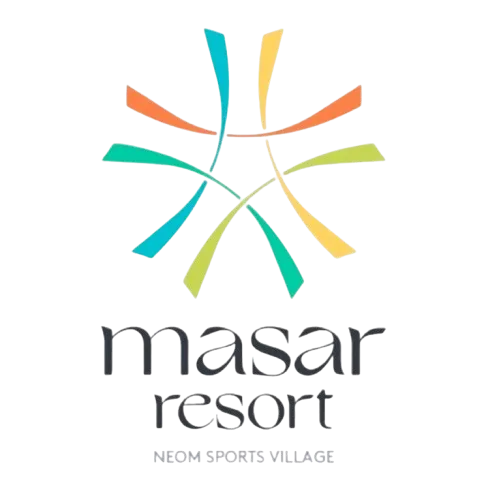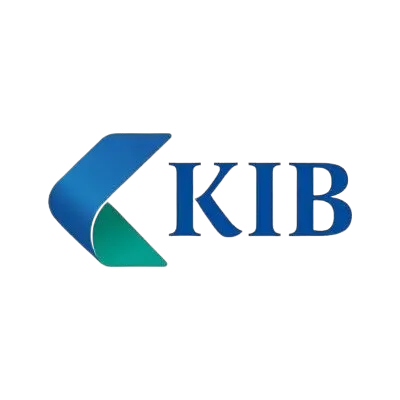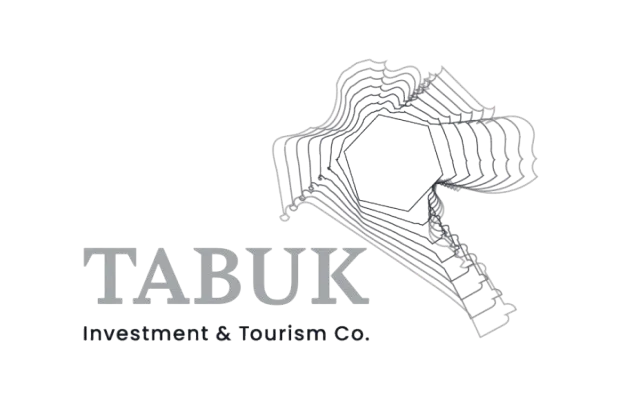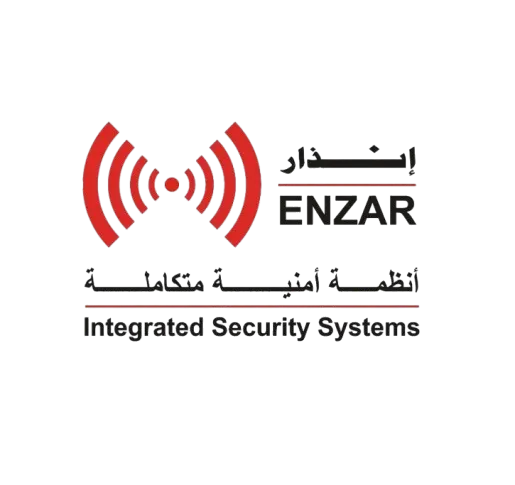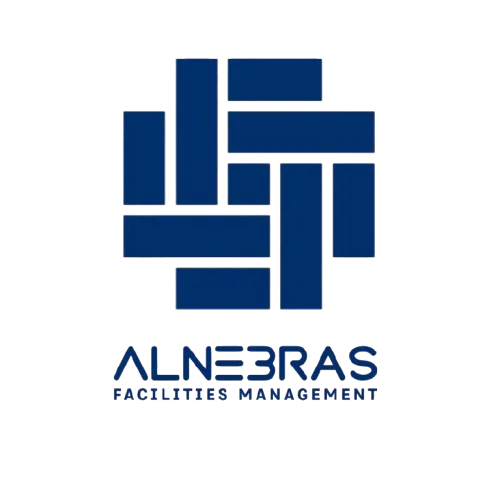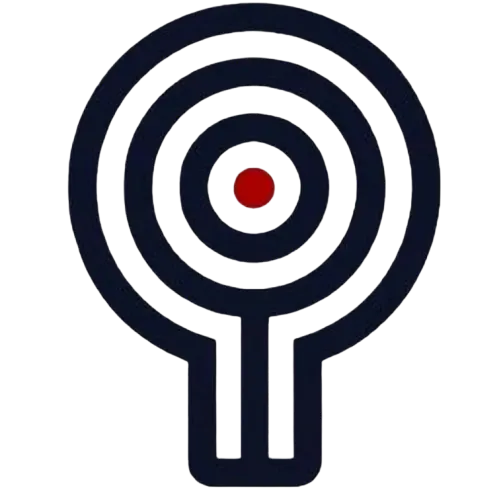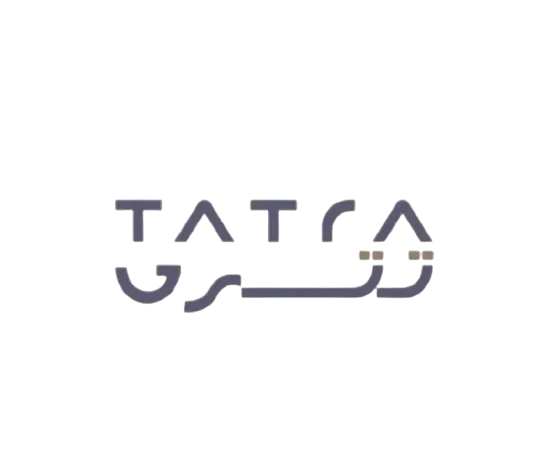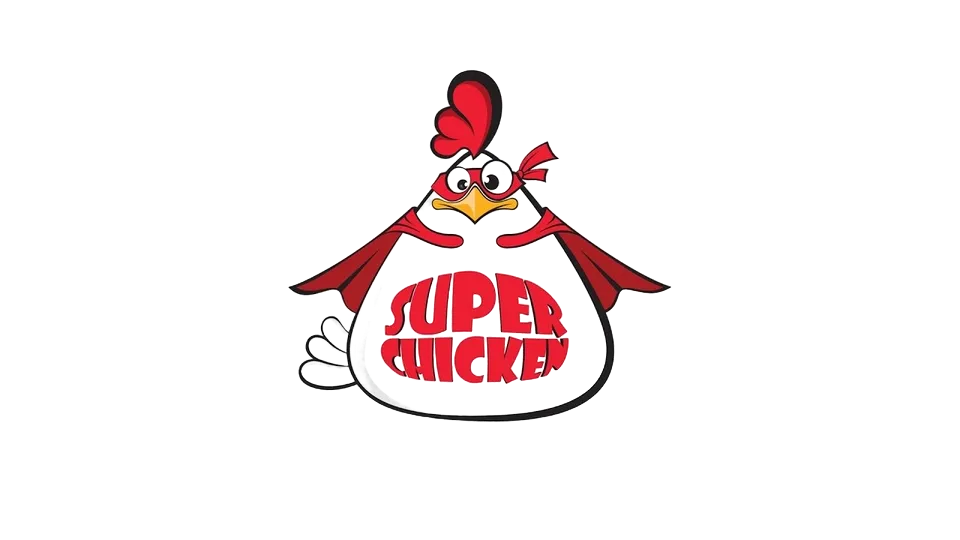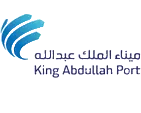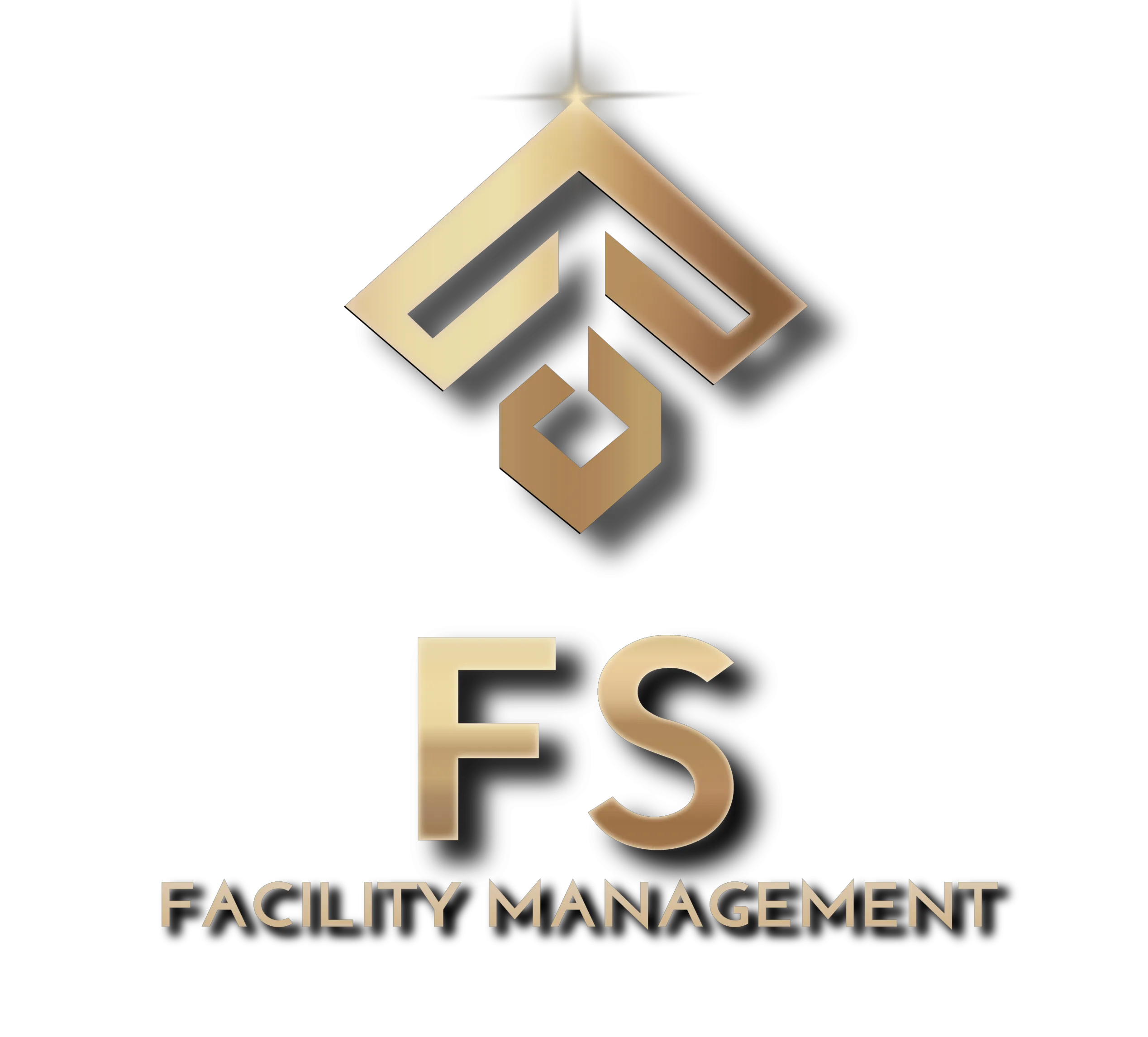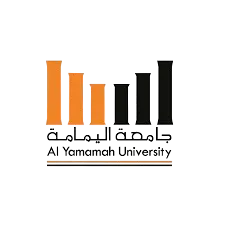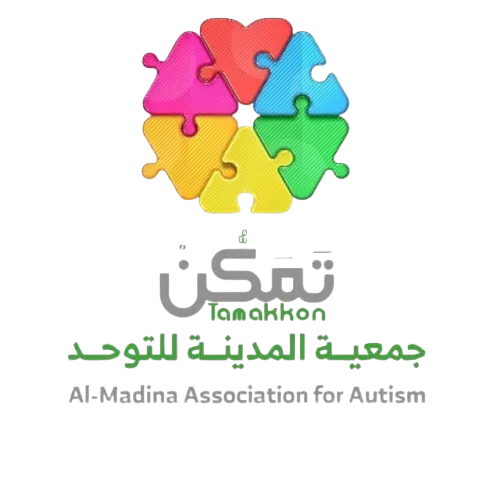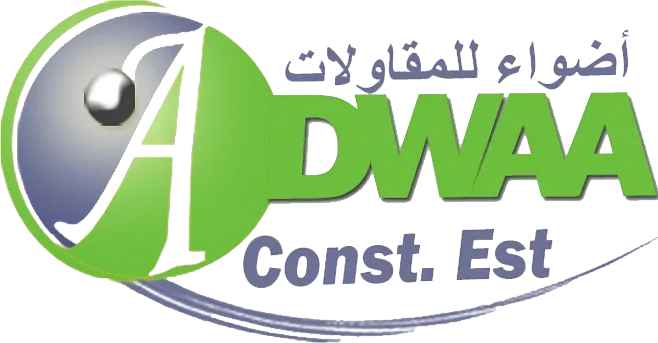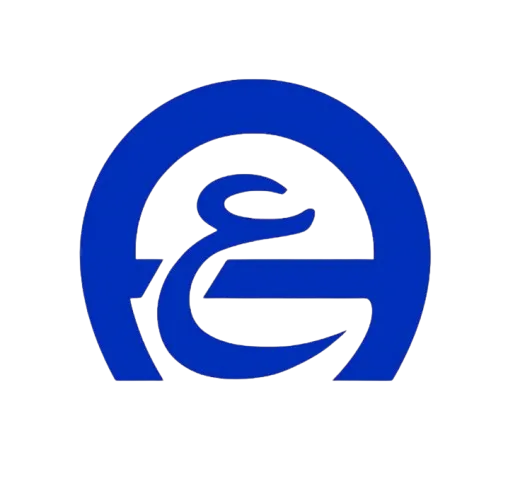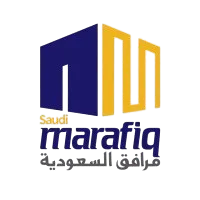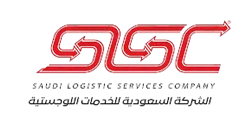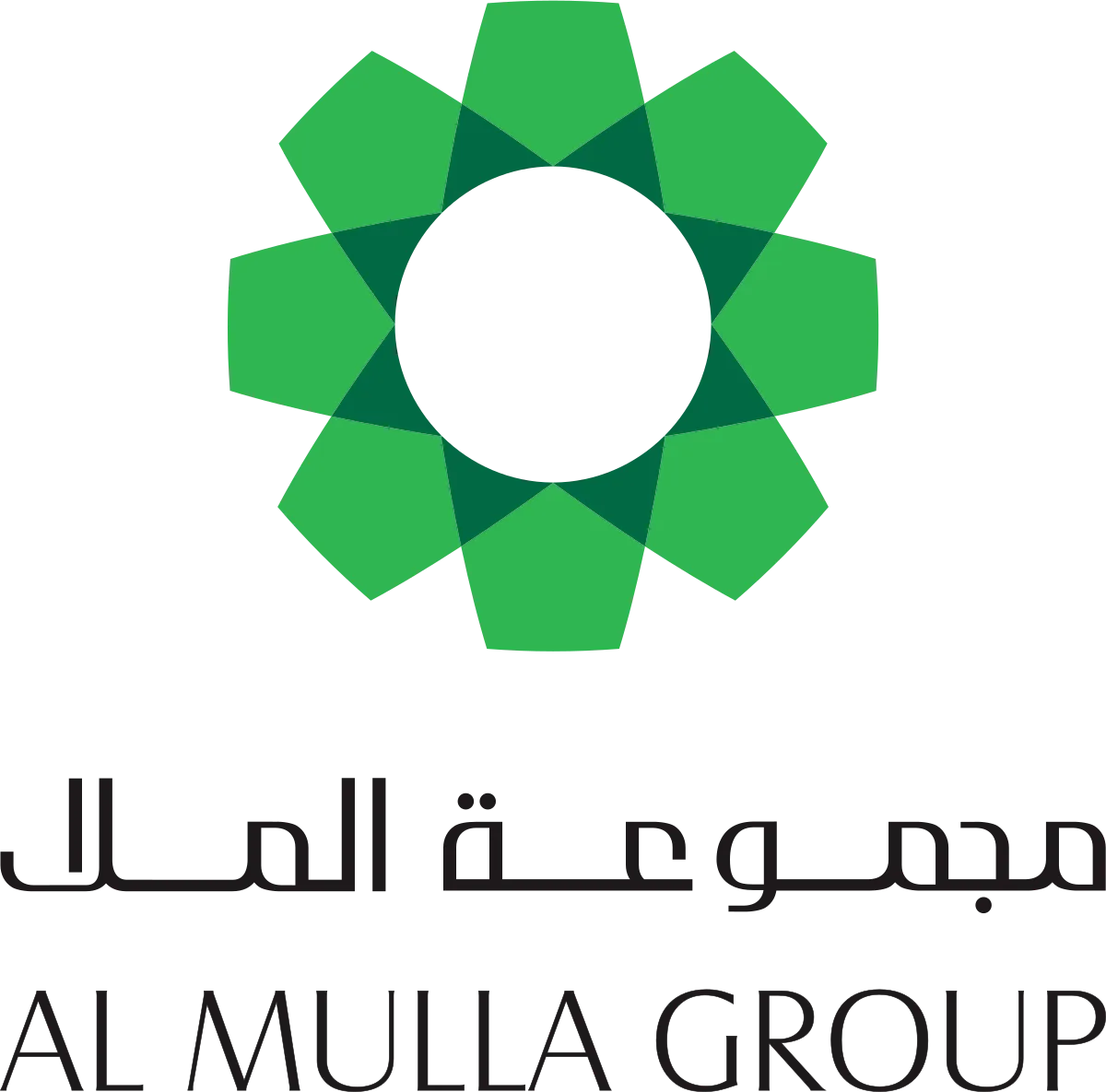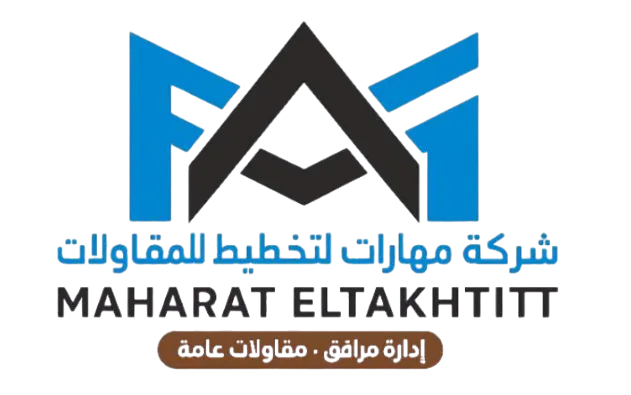Articles

One minute you're fixing a critical leak, the next you're changing a lightbulb, and later you're setting up for a major client meeting. Facilities teams juggle an endless stream of tasks every day. Yet, treating all these activities as equal can result in chaos—inefficient scheduling, missed priorities, and unclear maintenance costs.
Categorizing work orders is a powerful strategy that facilities teams can use to bring structure and clarity to their daily operations. By managing work orders types, facility managers can streamline operations, enhance team productivity, and make smarter data-driven decisions.
This article defines the major maintenance work order categories, explains when and why they are triggered, and illustrates their real-world applications—all while emphasizing the critical importance of classification in facilities management.
Why Bother Categorizing Work Orders? The Benefits of Classification
Understanding and applying the right types of work orders can transform how a facility operates. Here's why:
Accurate PrioritizationNot every task is equally urgent. A flickering hallway light can wait, but a burst water pipe cannot. Work order classification helps prioritize emergencies over routine maintenance.
Efficient Resource AllocationDifferent tasks require different skills. By knowing the task type upfront, teams can assign the right personnel, tools, and time slots without guesswork.
Meaningful Reporting & AnalysisWhen work orders are tagged and classified, it’s easy to track how much time and money is spent on corrective vs. preventive tasks. This reveals where efficiencies can be gained.
Improved Budgeting & ForecastingAnalyzing maintenance work order categories over time allows better forecasting of costs, labor needs, and inventory management.
Clear CommunicationWith proper classification, both requesters and technicians understand exactly what the task involves, leading to fewer misunderstandings and delays.
Common Types of Work Orders Found in Facilities Management
Below are the key types of maintenance work orders used in modern facilities. Each plays a specific role in maintaining operational flow.
1. Preventive Maintenance (PM) Work Orders
Definition: These are scheduled tasks designed to prevent equipment failure and maintain optimal performance.
Triggers: Time-based schedules (weekly, monthly, annually), usage levels (runtime hours), or legal compliance requirements.
Goals: Extend asset life, reduce downtime, and ensure consistent performance.
Examples:
Monthly air filter replacements in HVAC systems
Quarterly lubrication of mechanical parts
Annual fire extinguisher inspection
Generator testing every 100 hours
2. Corrective Maintenance (CM) / Reactive Work Orders
Definition: Tasks initiated when an asset fails or malfunctions, requiring repair or replacement.
Triggers: Equipment breakdown, user complaint, or post-inspection fault detection.
Goals: Restore the asset to its normal operating condition quickly and efficiently.
Examples:
Fixing a leaking faucet
Replacing a burnt-out electric motor
Repairing a malfunctioning elevator
Adjusting HVAC settings after a system error
Note: If identified during inspection, it may be planned corrective; if sudden, it's unplanned/reactive.
3. Emergency Work Orders
Definition: Critical work orders triggered by immediate threats to safety, property, or operations. Require swift intervention.
Triggers: Fire alarm activation, chemical spills, security breaches, power failures.
Goals: Eliminate risk, protect people and assets, restore essential functions.
Examples:
Repairing burst water pipes
Resetting failed emergency lighting systems
Fixing fire suppression malfunctions
Responding to gas leak alarms
4. Inspection Work Orders
Definition: Non-intrusive evaluations to assess condition, performance, or safety.
Triggers: Routine compliance schedules, safety programs, or asset condition monitoring.
Goals: Identify problems before they escalate, ensure regulation compliance, and validate asset condition.
Examples:
Daily building walk-throughs
Weekly emergency exit checks
Monthly lighting or signage inspections
Biannual asset tagging and tracking audits
5. General / Service Request Work Orders
Definition: User-initiated requests that do not relate to maintenance or failure but support daily operations.
Triggers: Requests submitted through portals, phone calls, or emails from occupants or staff.
Goals: Enhance comfort, support events, or perform non-technical assistance.
Examples:
Setting up chairs for a conference
Moving desks or office equipment
Hanging whiteboards or bulletin boards
Helping with projector or AV setup
6. Predictive Maintenance (PdM) Work Orders
Definition: Advanced maintenance initiated by real-time data predicting likely failure.
Triggers: IoT sensors, condition-monitoring tools, predictive analytics platforms.
Goals: Minimize downtime, avoid unnecessary maintenance, and reduce costs.
Examples:
Replacing a pump based on rising vibration metrics
Adjusting equipment alignment from infrared imaging data
Flushing systems due to abnormal fluid temperature
Servicing motors before predicted failure thresholds
Putting it All Together: Using Work Order Types Effectively
Prioritization Framework
Not all work orders carry the same urgency. A structured hierarchy helps prioritize: Emergency > Corrective > Preventive > Inspection > General
Workflow Differences
Each type of work order can follow its own approval and scheduling pathway. For example:
PM work orders may auto-generate based on schedules.
CM work orders may need manager approval for spare parts.
Emergency tasks can bypass formal steps for rapid action.
Reporting Insights
Tracking your maintenance work order categories over time offers deep insights:
A high volume of CM work may indicate poor PM scheduling.
Repeated emergency calls in the same area may reveal infrastructure weaknesses.
Excessive general requests might show a need for better facility layout or resources.
How CAFM Software Simplifies Managing Different Work Order Types
Managing diverse work orders manually is inefficient. A Computer-Aided Facility Management (CAFM) system such as CAFM IMS transforms the process.
Easy CategorizationWork order types are clearly defined and selectable at the creation stage, reducing confusion and improving accuracy.
Customizable WorkflowsYou can automate task routing, approval chains, and technician assignments depending on the work order type.
Filtered Views & DashboardsFacility teams can filter by type, priority, or location to view only relevant tasks and generate focused reports.
Integrated DataWork orders are linked to asset data, so each task—whether preventive or emergency—comes with full historical context, improving diagnostics and decisions.
Summary
Facility teams are responsible for a wide range of requests—from emergencies to inspections and service setups. Managing them under a single, undifferentiated process leads to inefficiencies and missed priorities.
To recap:
Types of work orders include Preventive, Corrective, Emergency, Inspection, General, and Predictive.
Proper classification enables prioritization, planning, reporting, and budgeting.
Leveraging CAFM systems like CAFM IMS makes managing these categories seamless and powerful.
Is your current system struggling to manage the variety of tasks your facility handles?
See how CAFM IMS streamlines the entire work order management process, no matter the type. Visit Our Work Order Management Page
Request a demo to explore customizable work order types and workflows in CAFM IMS! Request a Demo Now
Read More

Imagine a maintenance technician walking through a facility with a coffee-stained notebook, a handful of sticky notes barely clinging to the wall, and a backlog of verbal complaints that no one remembers logging. An email about a broken HVAC system was lost in a cluttered inbox. A water leak reported last week still hasn’t been addressed. These small mishaps lead to delayed repairs, unhappy tenants, unsafe environments, and unnecessary costs.
Poorly managed maintenance isn’t just inefficient—it’s a liability. And the solution to this disarray is embracing work order management.
This article dives deep into what is work order management, explores what is a work order system, and highlights the undeniable benefits of a work order system that any facilities manager can’t afford to ignore.
What is Work Order Management? A Precise Definition
Work order management is the systematic process of creating, assigning, executing, and closing maintenance tasks, known as work orders, in a consistent and trackable way.
The primary goal is simple yet powerful: ensure maintenance is handled efficiently, transparently, and with full documentation from start to finish.
What is a Work Order?
A work order is a formal request for a task to be completed, usually related to repair, maintenance, or operational support. Common examples include:
Fixing a broken light fixture
Resolving HVAC malfunctions
Conducting scheduled preventive maintenance
Addressing safety hazards
Preparing a facility for an event
Each of these needs a reliable process to ensure no detail slips through the cracks—which is exactly what a robust work order system provides.
The Lifecycle of a Work Order: From Request to Reporting
Understanding the stages of a work order lifecycle is essential to grasp how an efficient work order management system functions.
Stage 1: Request & Initiation
Work orders can originate from various sources: a tenant raising a concern, a routine inspection, or a scheduled preventive maintenance task. A reliable intake method (like a portal, app, or centralized form) ensures requests aren’t lost or forgotten.
Stage 2: Creation & Approval
Once initiated, the request becomes a work order by capturing crucial information:
Location of the issue
Related asset
Detailed problem description
Priority level
Some organizations may require approval based on budget or criticality before moving to the next step.
Stage 3: Scheduling & Assignment
Tasks are prioritized based on urgency, impact, or resource availability. The system assigns the work to the appropriate technician or team based on expertise, location, and availability. Scheduling ensures the work is planned and not left to chance.
Stage 4: Execution & Tracking
The technician carries out the task, ideally using a mobile application to:
Mark progress
Record time spent
Note parts or tools used
Update task status in real time
This is where the benefits of a work order system really shine—through transparency, accountability, and real-time data capture.
Stage 5: Completion & Closure
After verifying that the work is successfully completed, the order is formally closed in the system. Final notes, costs, and resolutions are logged for future reference.
Stage 6: Reporting & Analysis
Completed work orders are a goldmine of data. Facilities managers can:
Identify maintenance trends
Measure technician performance
Forecast asset replacements
Optimize preventive strategies
Why Work Order Management is Vital for Every Facility
Improved Efficiency & Productivity
A streamlined work order management system reduces:
Time spent chasing incomplete tasks
Confusion over who is responsible
Duplicate work
Bottlenecks in approvals
Tasks move faster. People stay accountable. Nothing slips through the cracks.
Substantial Cost Savings
Timely repairs reduce the risk of asset failure and emergency repairs. Having full visibility on labor and parts usage ensures budget compliance. Historical cost data justifies preventive maintenance investments and highlights inefficient assets.
Enhanced Communication & Collaboration
Centralizing work requests and updates in one platform improves communication between staff, technicians, and management. Everyone knows what’s happening—when, where, and by whom.
Greater Accountability & Performance Tracking
Every action is logged: who completed the task, how long it took, what was used. This builds a reliable performance history for individuals and teams and supports better decision-making on future workload distribution.
Better Asset Management
Work order histories provide insights into asset performance. Managers can identify recurring issues, decide when to replace equipment, and design more effective maintenance schedules.
Improved Safety and Compliance
High-priority and safety-related tasks are flagged and resolved promptly. Comprehensive logs ensure that inspections, repairs, and compliance checks are all documented and accessible—crucial for audits and legal protection.
Why Spreadsheets and Sticky Notes Fall Short
Manual methods like paper forms, email trails, and spreadsheets simply can’t keep up. They:
Don’t scale
Get lost or duplicated
Offer zero real-time updates
Make reporting time-consuming
Lead to costly errors
How Work Order Management Software Elevates Operations
Dedicated work order management software—like the one included in CAFM IMS—transforms maintenance processes.
Centralized Control: All work orders, from initiation to closure, live in one accessible platform.
Automation: Set automated alerts for overdue tasks, route work orders to the right teams, and trigger preventive maintenance schedules—no manual follow-up needed.
Mobile Accessibility: Field technicians use mobile apps to receive tasks, update statuses, and record time and materials on the go.
Real-Time Visibility: Dashboards provide real-time insights into open, in-progress, and completed tasks. Management can instantly see where bottlenecks are forming.
Advanced Reporting: Generate insightful reports to evaluate KPIs, cost trends, technician performance, and asset reliability—without touching a spreadsheet.
Seamless Integration: A true work order system connects with inventory, assets, purchasing, and preventive maintenance modules—creating a 360-degree view of your facility operations. CAFM IMS excels in this integration, empowering facilities to run smarter and leaner.
Key Takeaways
What is work order management? It’s the structured, traceable handling of maintenance tasks from request to reporting.
What is a work order management system? A digital platform that facilitates the full lifecycle of maintenance work with efficiency and accuracy.
The benefits of a work order system are vast—better productivity, cost savings, communication, compliance, and asset longevity.
An effective work order system isn’t just a nice-to-have; it’s the foundation of operational excellence in facility management.
Streamline Your Maintenance with CAFM IMS
Ready to streamline your maintenance workflows and gain control over your facility operations?
👉 Discover how the CAFM IMS Work Orders Management module provides the tools you need for efficient task tracking and completion
Read More
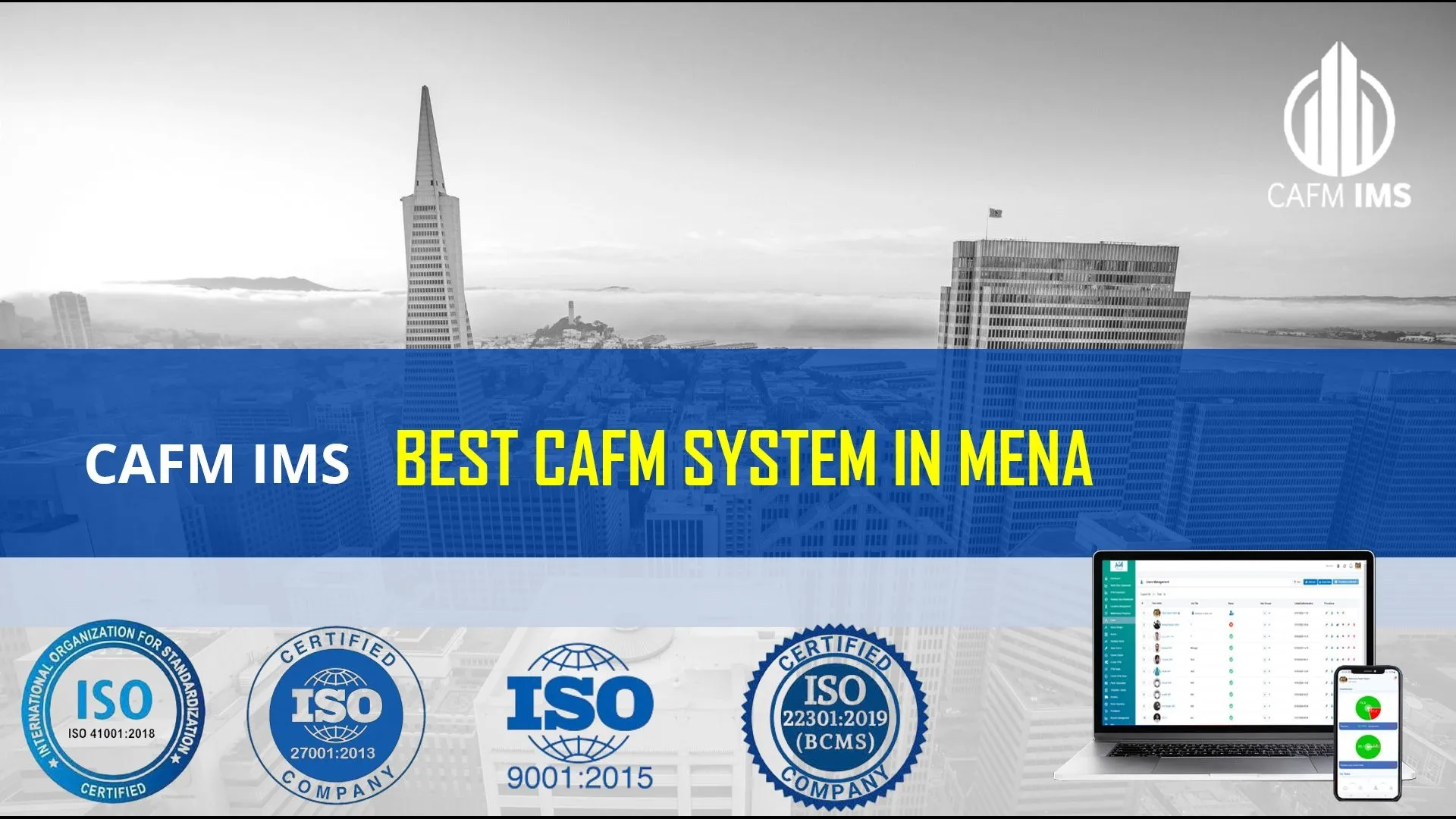
In today’s fast-paced world, facility management is no longer a manual task. With complex assets, sprawling properties, and increasing compliance requirements, organizations need smarter systems to stay efficient. This is where Computer-Aided Facility Management (CAFM) software comes into play.
However, with a flood of vendors claiming to offer the best CAFM software, it’s easy to get overwhelmed. Decision-makers often face the dilemma: Which system is truly the right fit for our facility?
This comprehensive guide is designed to help organizations like yours identify and select the most suitable CAFM system, not just based on popularity but on tailored functionality, scalability, and real-world value.
Before You Compare: Defining Your Facility’s Needs
The foundation of choosing from the top CAFM systems lies in understanding what your facility actually requires. The term “best” is subjective—what works for a multi-site university may not be ideal for a hospital or corporate campus.
Key Questions to Guide Your Evaluation
What are our most pressing facility management challenges?
Are we seeking better maintenance tracking, asset lifecycle management, or enhanced space utilization?
Do we operate across multiple sites, or are we managing a single complex location?
What’s our budget for implementation, licensing, and support?
Which legacy systems must the new CAFM integrate with (ERP, HR, Finance)?
What is the technical proficiency level of our team?
Facilities that take the time to answer these questions are far more likely to adopt a system that delivers real ROI.
Essential Features to Look For in Top CAFM Systems
A powerful CAFM platform offers functionality across several key facility management disciplines. Below are the core features every organization should look for when evaluating the best CAFM systems.
Asset Management Capabilities
Centralized tracking of all assets, including location, condition, and service history.
Support for preventive maintenance schedules and predictive maintenance triggers.
Seamless integration with work order management.
Warranty data logging and expiration alerts.
Space & Location Management
Dynamic floor plan visualization for real-time space allocation.
Space utilization tracking with reports for occupancy optimization.
Move management tools to streamline relocations.
Hot desk booking features for hybrid work environments.
Maintenance Management (CMMS Integration)
Intuitive work order creation, assignment, tracking, and closure.
Auto-scheduling for recurring preventive maintenance tasks.
Integration with spare parts inventory and vendor assignments.
Mobile access to support on-site maintenance staff.
Reporting & Analytics
Custom KPI dashboards for executive and facility-level insights.
Built-in templates and custom report builders.
Cost breakdown, asset performance, and energy consumption analytics.
Vendor & Contract Management
A centralized database for all service providers and contractors.
Alerts for contract expirations and renewal cycles.
Performance tracking metrics and SLA compliance monitoring.
User Management & Security
Role-based access controls ensuring data security and privacy.
Full audit trails for transparency and compliance.
Support for SSO, MFA, and data encryption at rest and in transit.
Key Considerations Beyond Core Features
Ease of Use & Intuitive Interface
User experience is critical. Systems that require lengthy training or are overly complex often suffer from poor adoption. The best CAFM software provides a clean, modern UI and seamless user journeys for all roles—whether it’s a technician or a C-level executive.
Integration Capabilities
A siloed system creates inefficiencies. A truly top-tier CAFM must integrate with:
Enterprise Resource Planning (ERP) systems
HR and payroll platforms
IoT sensors and BMS (Building Management Systems)
Accounting software
APIs should be available for custom integrations where needed.
Scalability and Flexibility
As your facility portfolio grows, so should your CAFM system. Look for:
Tiered user licenses
Multi-location support
Cloud scalability with robust performance under load
Pricing structures should also accommodate this growth without disproportionate cost jumps.
Mobile Accessibility
Field teams rely on mobile apps for real-time data access. The mobile version should support:
Offline functionality
Barcode/RFID scanning
Work order updates
Image uploads and voice-to-text notes
Vendor Support & Training
Post-implementation support is often overlooked. The best CAFM systems are backed by:
24/7 support channels (phone, live chat, email)
Onboarding training resources including documentation, videos, and webinars
Localized or industry-specific training modules
Security & Compliance
A system handling sensitive facility and employee data must be secure. Look for:
ISO 27001 or SOC 2 compliance
Data encryption
Secure cloud hosting and disaster recovery protocols
Deployment Options: Cloud vs. On-Premise
While cloud CAFM systems offer quick deployment and lower upfront costs, some sectors with strict data regulations may prefer on-premise. Choose based on:
IT policy
Data sovereignty requirements
Long-term maintenance capabilities
How to Evaluate Potential CAFM Software Vendors
Once your requirements are defined, follow a structured evaluation process.
Shortlist Based on Core Needs: Eliminate vendors who don’t support essential functionality or integration requirements.
Request Targeted Demonstrations: Ask vendors to demonstrate use cases specific to your operation, not generic overviews.
Review Case Studies and References: Prioritize vendors who have implemented systems in businesses similar to yours.
Ask In-Depth Questions: Discuss roadmaps, update cycles, hidden fees, and change management processes.
Explore Free Trials or Pilots: Engage small internal teams in live testing before full commitment.
Assess Total Cost of Ownership (TCO): Don’t just look at subscription prices—factor in setup, training, support, and integration costs.
Introducing CAFM IMS: A Contender Among the Best CAFM Software
CAFM IMS is a comprehensive, modular platform designed to address real-world facility management challenges across industries. With an intuitive user interface, AI-enabled predictive features, and robust maintenance scheduling, CAFM IMS aligns with every key consideration discussed above.
Key Strengths of CAFM IMS
Real-time asset lifecycle management with customizable maintenance schedules.
Mobile-first design with full offline functionality for technicians.
Deep analytics dashboards for actionable insights across space, asset, and cost domains.
Flexible API-driven integrations with ERP, HR, accounting, and IoT systems.
Secure cloud deployment with full compliance and backup protocols.
Whether you manage a hospital, campus, office complex, or industrial facility, CAFM IMS brings the flexibility, power, and support to meet your evolving needs.
Key Takeaways
There’s no one-size-fits-all “best CAFM software.” Your choice should be driven by your unique facility requirements.
Prioritize systems that offer functionality in maintenance, asset tracking, space management, and analytics.
Don’t overlook non-feature factors like usability, vendor support, security, and scalability.
Use demos and pilot testing to validate vendor claims with real-world workflows.
CAFM IMS is a strong contender for organizations seeking an all-in-one platform with high adaptability.
Ready to discover if CAFM IMS is the right solution for your facility? Explore CAFM IMS Features
Read More

Keeping equipment running smoothly and avoiding costly breakdowns is a shared objective across industries. Yet, despite the common goal, many maintenance teams struggle to navigate the difference between preventive and predictive maintenance. Misunderstanding or misapplying these strategies can result in unnecessary costs, downtime, or reduced asset lifespan.
To address this, we will clearly define each approach, explore their differences, compare their pros and cons, and guide you on how to choose — or combine — them effectively using modern technology like CAFM system.
Defining the Terms: Laying the Foundation
What is Preventive Maintenance (PM)?
Preventive Maintenance (PM) refers to maintenance performed at scheduled intervals, regardless of the asset’s real-time condition. These intervals may be based on time (e.g., every month) or usage (e.g., every 1,000 hours or cycles).
Analogy: Much like changing your car’s oil every 5,000 kilometers — even if the oil still looks fine — PM assumes risk reduction through consistent care.
Goal: Minimize the likelihood of unexpected failures by sticking to a strict schedule of routine servicing.
What is Predictive Maintenance (PdM)?
Predictive Maintenance (PdM) is a more advanced strategy that uses real-time data from sensors and monitoring tools to determine when an asset is likely to fail — and acts just before that point.
Analogy: Imagine your car’s dashboard lighting up when your tire pressure drops or your engine temperature spikes — triggered by sensor data rather than time-based checks.
Goal: Optimize maintenance timing by intervening only when necessary, maximizing equipment life while avoiding sudden breakdowns.
Head-to-Head: Key Differences Between Predictive and Preventive Maintenance
This section will help you better understand predictive maintenance vs preventive maintenance and why choosing the right method matters.
Aspect
Preventive Maintenance (PM)
Predictive Maintenance (PdM)
Trigger
Based on schedule (time/usage)
Based on asset condition and data analysis
Approach
Proactive, based on manufacturer guidelines
Proactive, based on real-time monitoring
Data Requirements
Basic logs, usage tracking, manuals
Vibration, temperature, acoustic sensors, AI analytics
Cost Profile
Low initial cost, potential long-term inefficiencies
High upfront investment, cost-effective in the long run
Goal
Avoid failures by routine intervention
Predict failure to intervene at the optimal moment
Weighing the Options: Pros and Cons of Each Strategy
Preventive Maintenance (PM): Pros
Easier implementation with minimal technological requirements.
Predictable budgeting due to fixed maintenance intervals.
Effective for compliance-driven environments.
Suitable for simple assets with well-known degradation patterns.
Low upfront costs compared to PdM.
Preventive Maintenance (PM): Cons
Over-maintenance risk: Replacing components that may still have useful life.
Under-maintenance risk: Unplanned failures between intervals.
Wasted resources: Labor and materials used unnecessarily.
Inflexible: Cannot respond to unexpected wear or misuse.
Predictive Maintenance (PdM): Pros
Minimized downtime through accurate failure predictions.
Maximized asset utilization, replacing parts only when necessary.
Improved safety, by identifying issues before they escalate.
Optimized resource allocation, saving costs on labor and spares.
Data-driven insights enhance decision-making and performance tracking.
Predictive Maintenance (PdM): Cons
High initial investment in sensors, infrastructure, and data platforms.
Requires expertise in data interpretation and system integration.
Not ideal for all asset types, especially low-value or simple equipment.
System reliability depends on data quality and analysis models.
Making the Choice: Which Strategy is Best for Which Assets?
Understanding the difference between preventive and predictive maintenance can help facility managers make more informed decisions.
Factors to Consider
Asset Criticality: Is the asset essential for operations? PdM is preferable for mission-critical machines.
Failure Impact: Will an unexpected failure incur high financial or safety risks?
Failure Predictability: Is asset degradation measurable (PdM), or random (PM)?
Cost-Benefit: Does the cost of PdM technology outweigh potential savings?
Regulatory Compliance: Are there mandated PM intervals that must be followed?
General Guidelines
Use PM for:
Non-critical or redundant equipment
Assets with known wear patterns
Assets under strict regulatory requirements
Low-value machines where PdM doesn’t make economic sense
Use PdM for:
Critical production machines
High-value assets with significant downtime costs
Equipment with measurable wear indicators
Complex machinery where condition data can provide early warnings
The Best of Both Worlds: Combining Predictive and Preventive Maintenance
Rather than viewing it as predictive vs preventive maintenance, most organizations find success in combining the two.
Example: A manufacturing plant may use PdM for motors, bearings, and compressors while using standard PM schedules for air filters, lighting systems, and non-critical belts.
Flexibility is key. Tailor strategies by asset class, usage frequency, operational risk, and budget.
The Role of Technology: Enabling Smart Maintenance Strategies
Centralized Maintenance Hub
A robust Computer-Aided Facility Management (CAFM) system, such as CAFM IMS, brings both PM and PdM under one digital roof. It ensures:
Accurate tracking of maintenance history.
Automated scheduling of preventive tasks.
Integration with IoT sensors and condition monitoring systems.
Real-time alerts triggering predictive actions.
Cost analysis and reporting to assess maintenance ROI.
Preventive Maintenance Automation
CAFM IMS allows managers to:
Create custom time/usage-based schedules.
Auto-generate work orders.
Assign and track tasks across teams.
Monitor compliance and service level agreements (SLAs).
Predictive Maintenance Integration
CAFM IMS can also:
Integrate with vibration sensors, temperature monitors, or PLC systems.
Trigger work orders when data anomalies are detected.
Store and visualize condition data.
Help correlate failures with asset conditions, enhancing future prediction models.
Key Takeaways & Summary
Preventive Maintenance = Routine, schedule-driven care to prevent failure.
Predictive Maintenance = Data-driven, condition-based strategy to forecast and avoid failure just in time.
PM is simple and affordable, PdM is precise and efficient.
The difference between preventive and predictive maintenance depends on asset value, failure risk, and operational impact.
Combining predictive vs preventive maintenance approaches often yields optimal results.
Technology like CAFM IMS empowers maintenance teams to execute both strategies seamlessly, improving uptime, compliance, and cost-efficiency.
Ready to implement a smarter maintenance strategy?
Contact Us and Discover how CAFM IMS supports both predictive maintenance and preventive maintenance.
Read More
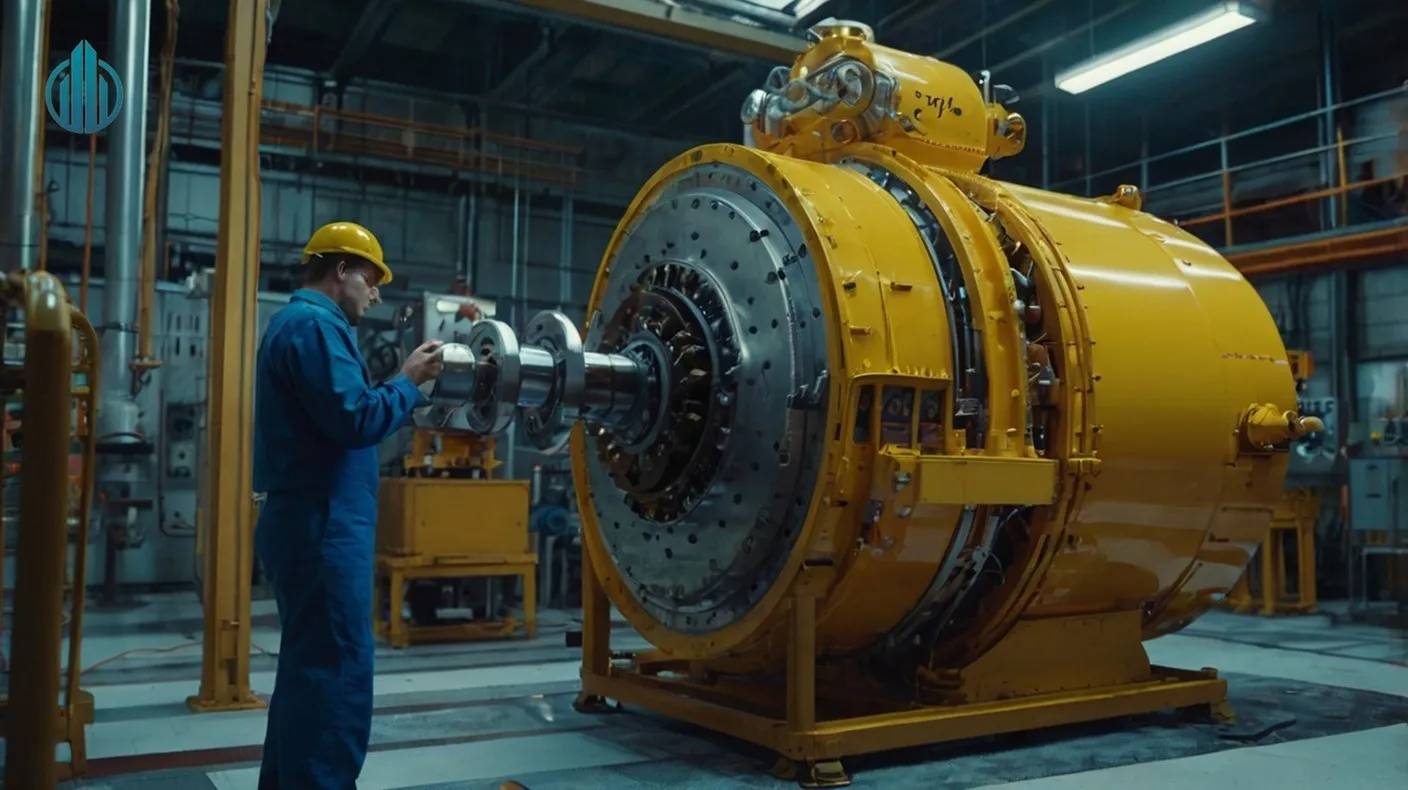
Imagine this: a key production line goes down due to an unexpected motor failure. Emergency repairs are expensive, and downtime costs spiral. On the flip side, you’ve been replacing components based strictly on time-based schedules—many of which still had useful life left. Sound familiar?
This is where Predictive Maintenance (PdM) enters the scene—a smarter, data-driven strategy that prevents failures and eliminates waste. Instead of reacting to breakdowns or over-maintaining equipment, PdM helps you intervene just before something goes wrong.
In this article, you’ll discover what predictive maintenance is, the technologies behind it, its benefits, how it compares to other maintenance approaches, and how you can start implementing it in your operation.
What Exactly is Predictive Maintenance (PdM)?
Predictive Maintenance (PdM) is a maintenance strategy that uses real-time data, sensors, and analytics to monitor the actual condition of equipment. It detects potential failures and performance issues before they lead to downtime.
Unlike preventive maintenance, which relies on time or usage intervals, PdM responds to the actual health of the asset. This means less unnecessary maintenance and far fewer surprises.
The core goal? Maintain equipment at the right time—not too early, not too late.
The Technology Behind the Prediction: How Does PdM Actually Work?
Step 1: Condition Monitoring & Data Collection
PdM begins with monitoring equipment performance using specialized technologies. These include:
Vibration Analysis – Ideal for motors, pumps, and rotating machinery.
Infrared Thermography – Detects abnormal heat patterns indicating electrical or mechanical issues.
Oil Analysis – Reveals internal wear or contamination in lubricated systems.
Ultrasonic Testing – Identifies compressed air leaks, steam traps, and electrical faults.
IoT Sensors – Monitor parameters like temperature, pressure, humidity, and energy usage in real-time.
All these tools help build a comprehensive picture of asset health.
Step 2: Data Analysis & Pattern Recognition
Data from sensors is only valuable when analyzed correctly. This is where Machine Learning (ML), Artificial Intelligence (AI), and advanced statistical techniques come in.
These systems:
Analyze data streams to detect anomalies
Establish what “normal” performance looks like
Alert you when equipment deviates from those baselines
Step 3: Predictive Modeling & Failure Forecasting
Once patterns are understood, predictive models estimate when a failure is likely to occur. This includes calculating:
Remaining Useful Life (RUL)
Probability of Failure
Impact of Performance Degradation
Step 4: Actionable Insights & Maintenance Triggers
The end goal isn’t just to predict—it’s to act. PdM systems convert insights into:
Maintenance recommendations
Automated work orders
Urgency levels based on severity
This enables teams to act only when needed, with maximum efficiency.
Predictive vs. Preventive vs. Reactive Maintenance: Understanding the Differences
Reactive Maintenance (Run-to-Failure)
Trigger: Equipment fails
Pros: Zero planning, low up-front cost
Cons: High repair costs, unplanned downtime, safety risks
Preventive Maintenance (Scheduled)
Trigger: Calendar or usage meter
Pros: Reduces risk of failure, predictable
Cons: May cause over-maintenance, ignores real-time condition
Predictive Maintenance (Condition-Based)
Trigger: Asset performance data
Pros: Timely interventions, minimal downtime, optimal cost
Cons: Requires investment in sensors, analytics, and skilled personnel
Key takeaway: Predictive Maintenance is the most efficient model, offering the best ROI through strategic, timely interventions.
The Compelling Benefits of Implementing Predictive Maintenance
Drastically Reduced Unplanned DowntimeIdentify and address potential failures before they stop operations.
Optimized Maintenance CostsAvoid unnecessary work while cutting emergency repairs.
Extended Asset LifespanMaintain based on true need, not guesswork.
Improved SafetyCatch hazards before they escalate into incidents.
Efficient Resource SchedulingAlign parts and labor with actual maintenance needs.
Getting Started: Key Considerations for Implementing PdM
Identify Critical AssetsStart with equipment where failure means major disruption.
Understand Failure ModesKnow how your assets typically fail to select the right sensors and monitoring strategy.
Select & Implement Monitoring TechnologyChoose technologies that match failure detection needs.
Establish Data InfrastructurePlan how to collect, store, and manage sensor data securely.
Choose an Analysis PlatformUse a facility managment platform (like CAFM IMS) that can process data and generate predictions.
Develop or Use Predictive ModelsWhether custom-built or pre-configured, models are essential for forecasting.
Integrate with Your Maintenance WorkflowYour PdM insights must connect to a work order system for seamless execution. CAFM IMS supports this.
Train Your TeamEnsure your team can interpret data and act on it quickly.
The Role of CAFM in Your Predictive Maintenance Strategy
CAFM IMS: Your PdM Enabler
Data Hub: Centralizes maintenance records, asset data, and sensor inputs.
Workflow Automation: Converts PdM alerts into automatic work orders.
Holistic Management: View condition-based insights alongside preventive tasks and cost analysis.
Reporting Tools: Visualize trends, anomalies, and risks via intuitive dashboards.
CAFM IMS doesn’t just support PdM—it amplifies it.
Summary
Predictive Maintenance uses real-time data and analytics to forecast asset failure.
It goes beyond preventive and reactive approaches for better uptime, lower costs, and improved asset longevity.
Successful PdM demands proper tools, data infrastructure, and integration into systems like CAFM IMS.
Ready to harness the power of data for smarter maintenance?
Explore how CAFM IMS supports advanced maintenance strategies, including integration points for predictive maintenance solutions.
Talk to our experts about building a more proactive maintenance program with CAFM IMS. Book a Demo
Read More
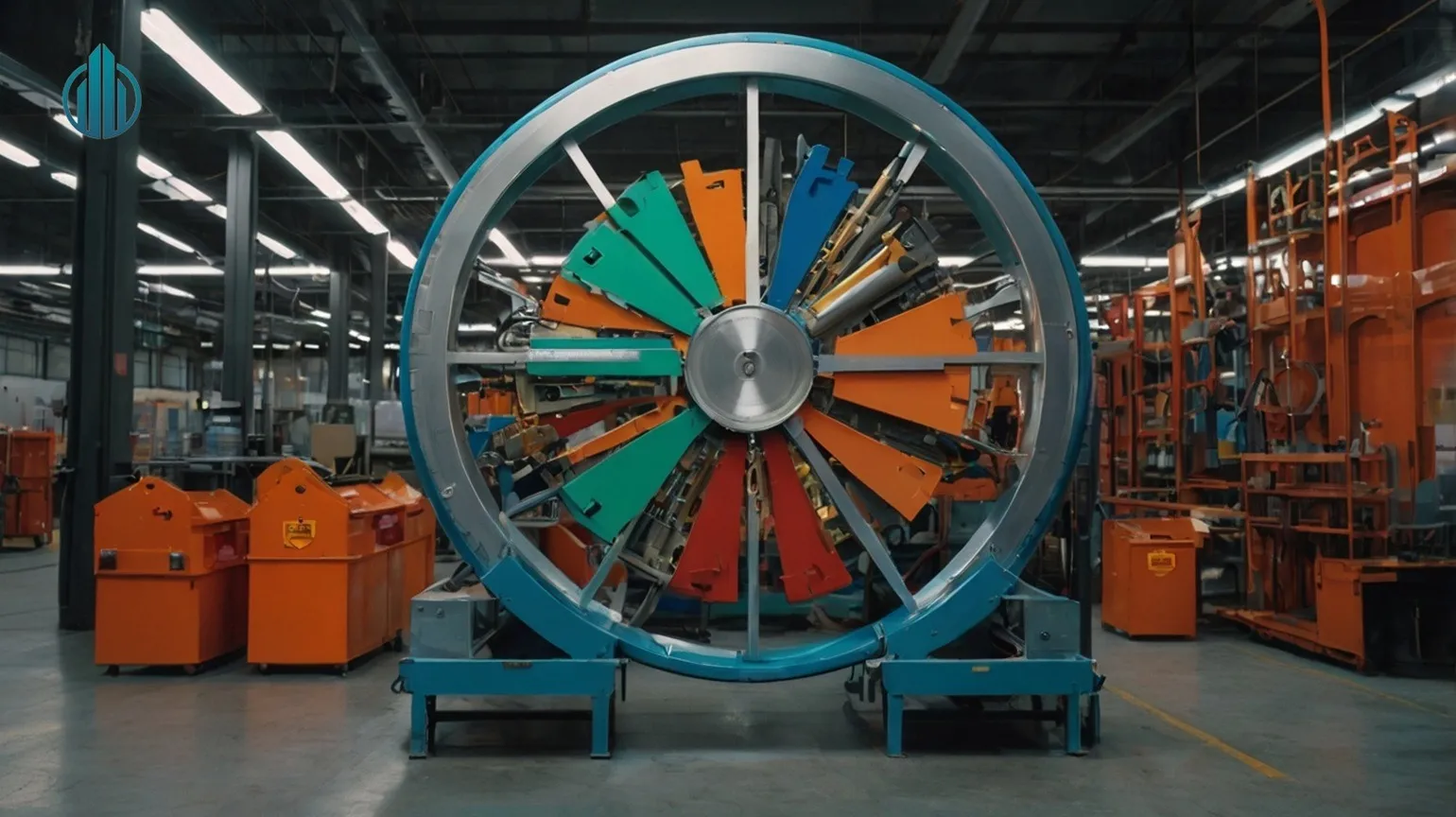
Did you know that optimizing asset management can reduce Total Cost of Ownership (TCO) by up to 30%? Many organizations lose millions of dollars due to their failure to strategically manage assets, resulting in sudden breakdowns, unexpected maintenance costs, compliance issues, and resource underutilization.
This is where Asset Lifecycle Management (ALM) steps in as a comprehensive solution that enables organizations to treat their assets not just as operational tools but as strategic investments that must be carefully managed from planning to final disposal.
In this comprehensive guide, we will explore:
The definition of Asset Lifecycle Management.
The stages of an asset’s lifecycle, step-by-step.
The benefits of adopting the ALM approach.
Best practices.
The crucial role of technology, especially asset lifecycle management software like CAFM IMS.
What is Asset Lifecycle Management (ALM)?
Asset Lifecycle Management is a structured, integrated process to manage an asset from the planning and acquisition phase, through use and maintenance, to the final phase of retirement and disposal.
The primary goal of ALM is to maximize asset value, reduce costs, manage risks, and ensure regulatory compliance throughout the asset's useful life.
This approach is far more comprehensive and strategic than basic asset tracking, focusing instead on informed decision-making that impacts performance and return on investment.
Why Is Asset Lifecycle Management Essential for Your Business?
Significant Cost Savings
Reduced Total Cost of Ownership (TCO).
Optimized maintenance spending by shifting from reactive to preventive maintenance.
Data-driven procurement decisions based on asset history.
Cost-effective asset disposal balancing residual value and disposal costs.
Improved Operational Efficiency
Reduced asset downtime and operational disruptions.
Better asset utilization by knowing what assets exist and how they are used.
Streamlined maintenance and work order processes.
Enhanced Compliance and Risk Management
Easy asset tracking for regulatory compliance (e.g., safety, environmental).
Better warranty and claims management.
Lower risk of asset failure and associated hazards.
Accurate Budgeting and Forecasting
Predictable maintenance expenses.
Planned asset replacement cycles.
Improved capital expenditure (CapEx) planning.
Extended Asset Life and Increased ROI
Prolonged asset lifespan through proper maintenance.
Maximized return on investment for every asset.
The Stages of the Asset Lifecycle: Step-by-Step Analysis
Stage 1: Planning & Acquisition
Assessing needs and defining technical requirements.
Budgeting and financial justification.
Supplier selection and procurement.
Receiving the asset, registering, and linking it to the asset management platform.
Stage 2: Deployment & Installation
On-site installation and environment setup.
Configuration and integration with existing systems.
User training and handover documentation.
Updating asset records (location, responsible person, etc.).
Stage 3: Utilization & Operation
Day-to-day asset usage.
Performance monitoring and usage pattern tracking.
Location and user assignment updates (check-in/check-out process).
Stage 4: Maintenance & Repair
Implementing preventive maintenance schedules.
Managing corrective maintenance and repairs.
Leveraging predictive maintenance with data insights.
Logging maintenance history and associated costs.
Stage 5: Optimization & Upgrades
Evaluating asset performance against KPIs.
Upgrading or modifying assets to boost efficiency or extend life.
Redeploying underused assets to other departments or locations.
Stage 6: Disposal & Retirement
Identifying assets nearing end-of-life.
Executing the decommissioning process.
Exploring disposal options: resale, recycling, or scrapping.
Ensuring data security and environmental compliance.
Updating asset records post-disposal.
Implementing and Optimizing ALM: Best Practices and the Role of Technology
Best Practices for Effective ALM
Establish clear policies and procedures for every lifecycle stage.
Use a centralized asset database like CAFM IMS.
Apply standardized asset tagging (barcodes, RFID).
Conduct regular audits and asset inventories.
Leverage data analytics and reports for process improvement.
Assign clear roles and responsibilities across teams.
How CAFM Software Like CAFM IMS Enhances Asset Lifecycle Management
Centralized platform: CAFM IMS provides a single source of truth for all asset data from acquisition to retirement.
Real-time tracking: Helps monitor asset locations and usage during deployment and operation phases.
Maintenance automation: Schedules preventive maintenance and manages work orders seamlessly.
Reporting and analytics: Offers insights that support strategic decisions in optimization and disposal stages.
System integration: Integrates with procurement and finance systems to align asset activities across departments.
FAQ: Frequently Asked Questions About ALM
Can ALM be implemented without dedicated software?
In theory, yes. But in practice, tools like CAFM IMS are essential for accuracy and efficiency.
What’s the difference between asset tracking and ALM?
Asset tracking focuses solely on asset location, while ALM is a holistic strategy covering the asset’s entire lifecycle.
Is ALM only for large organizations?
No. Small and medium businesses can also gain major savings and efficiencies by applying ALM principles.
Summary
Asset Lifecycle Management (ALM) is no longer optional — it's a strategic necessity for organizations that want to extract maximum value from their physical investments. From planning and acquisition to usage, maintenance, and final disposal — every stage offers an opportunity for efficiency, cost savings, and risk reduction.
Advanced software like CAFM IMS transforms ALM from a concept into a day-to-day operational reality, delivering measurable results across the business.
Ready to Optimize Your Asset Lifecycle?
Discover how the Asset Management Module in CAFM IMS helps you get the most from your assets. Assets Management module
Schedule a personalized demo of CAFM IMS!
Read More



